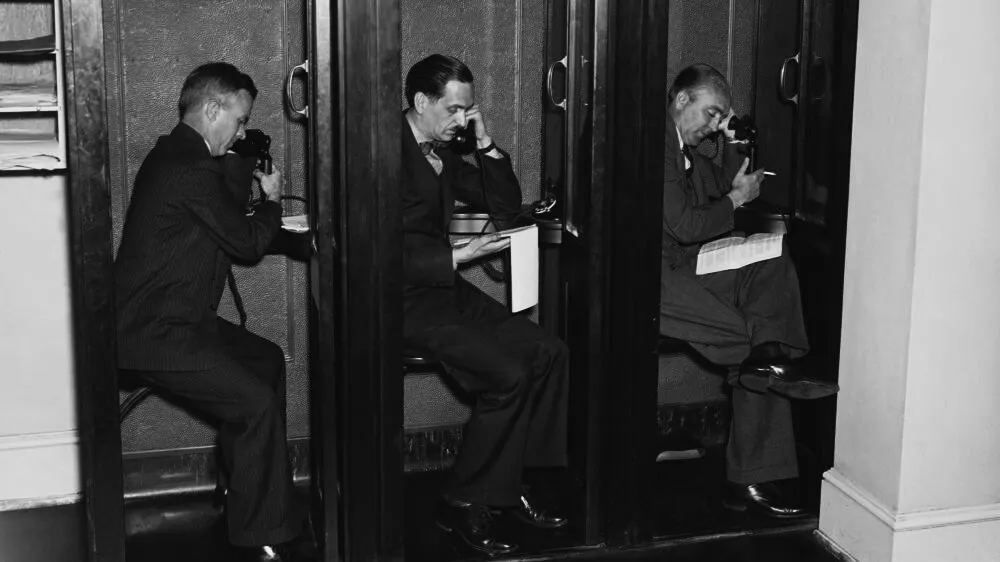Quick, what’s the most trusted name in news today?
If the question seems outdated, you can be forgiven. It’s become more difficult than ever to discern fact from fiction on the Internet. And that partly explains the growing appeal of Civil, a new kind of news-delivery platform, that aims to help restore the public’s faith in journalism.
But understanding the ins and outs of the self-described “decentralized communications protocol for journalists and citizens” is tricky, and seems to be eluding even the most savvy of digital media consumers. That’s because Civil’s blockchain-based answer is unlike anything that has come before it in the digital world.
In a way, Civil, which launched the sale of its CVL token this week, is attempting to undo the damage wrought to journalism by Web1 and Web2. Its goal is to restore value and credibility in media. With the help of the CVL token, and by turning its consumers into owners, it aims to fix the existential problems facing the news business today: reliance on intrusive, irrelevant ads, third-party influence over newsroom decisions, and, everyone’s favorite, fake news.
How Civil works
You can think of Civil as a sort of decentralized and tokenized Medium—a hosting platform for semi-autonomous, so-called Newsrooms that each have their own distinct look, feel and focus, but must abide by the values outlined in the Civil Constitution. Unlike Medium, however, Civil is not a content-management system—most Newsrooms will likely use WordPress to publish on it. And for the time being, would-be publishers need to apply for permission to be on Civil—it’s not open to anyone who wants a pulpit.
For now, the startup plans to use the proceeds from its token sale (as well as an initial $5 million investment from Ethereum incubator, and obligatory disclosure, Decrypt’s funder, ConsenSys) to support local, investigative, and other beleaguered forms of journalism. In time, the hope is that each of these Newsrooms will become self-sustaining, and can raise money to support their operations in any way imaginable: subscriptions, advertising, pay-per-story, crowdfunding, or anything else. As the platform finds its way, it’ll open its doors to a wider range of Newsrooms.
Who publishes on Civil is way less interesting than the mechanics and economics of how publishing occurs.
As the Civil Media Company explains in its whitepaper, Civil uses the Ethereum blockchain to “mediate” its “community of consumers, content creators, fact checkers and publishers,” who, in theory, will collectively “decide which Newsrooms to organize and the types of content published on the network.”
The big idea is that a decentralized network of people, each of whom have a stake in maintaining the health of the Civil ecosystem, will collectively improve and support the content on the platform, which is all recorded on a transparent, immutable, and distributed ledger. And that’s where the utility of the CVL token comes into play.
Token economics
The token buys a variety of community rights, including upvoting and downvoting content, tipping journalists, and starting one’s own Newsroom. The token represents an actual stake in the community and can be used to reward all kinds of good behavior—and even weed out the bad stuff.
For example, CVL bearers can use their stake to try to shut down incompetent or corrupt Newsrooms. According to the Civil Constitution, “any Token Holder may challenge a Newsroom’s position on the Registry at any time by staking a matching deposit” ($1,000 USD) and providing reasons or evidence for the claim. In other words, if you believe a publisher on the Civil platform is acting in bad faith, you can pony up $1,000 worth of CVL and appeal to the community to give that publisher the boot.
If you hold CVL and are willing to stake a modest $10 worth of the token, you can join the community in giving the Newsroom in question the proverbial thumbs up or thumbs down. Once the votes are tallied and the fate of the Newsroom is decided, the winning side is rewarded with all the loot that was staked—crypto democracy, plus game theory, in action.
But what’s democracy without a little centralized red tape?
Before any final decision is made, anyone on either side of the challenge can take their case (and another $1,000 worth of CVL) to the Civil Council (of Elders), which has the very-much-not-decentralized authority to reverse the community’s vote. (You can read more about the Council and Civil’s reasoning for it here.)
Civil’s governance structure may leave one with the impression that the bigger your stack of CVL tokens is, the more sway you can exert over the community. And that may be true. But the company appears to be doing everything it can to mitigate the potential for undue influence—partly with the Council, but also by making it extraordinarily difficult to fill your crypto wallets with CVL.
Civil is matching its serious approach to journalism with an equally serious approach to its token sale. According to a recent blog post by Civil Cofounder Matt Coolidge, the company is requiring all potential investors to first verify their identities; demonstrate a basic understanding of the risks involved with cryptocurrency and how to “responsibility acquire” the asset; and prove they understand how CVL works and that they “intend to use it for its stated purpose.”
If that wasn’t enough to deter the crypto trader bros looking for the next hot-ticket token, Coolidge also makes clear that “all participants in the CVL sale will also be required to ‘prove use’ before selling CVL on the secondary market through at least October 2019.” What it boils down to is this: if you want to participate in Civil, you have to really want to participate in Civil.
In doing everything it possibly can to deincentivize the typical ICO investor from taking part, Civil is betting big on the strength of its promise to revolutionize the journalism industry to bring in the funds that it needs. And the money is trickling in. By the end of its second day on sale, the CVL token had sold close to $130,000. The sale is expected to go until October 15, or when the hard cap of $24 million is reached—whichever comes first.
There’s a long road ahead. And to prevail, Civil must do much more than harness the strength of the crowd’s fundraising efforts. It will require, perhaps more than any crowdfund before it, that “wisdom” we often hear so much about.
Read Next: Free healthcare for everyone

